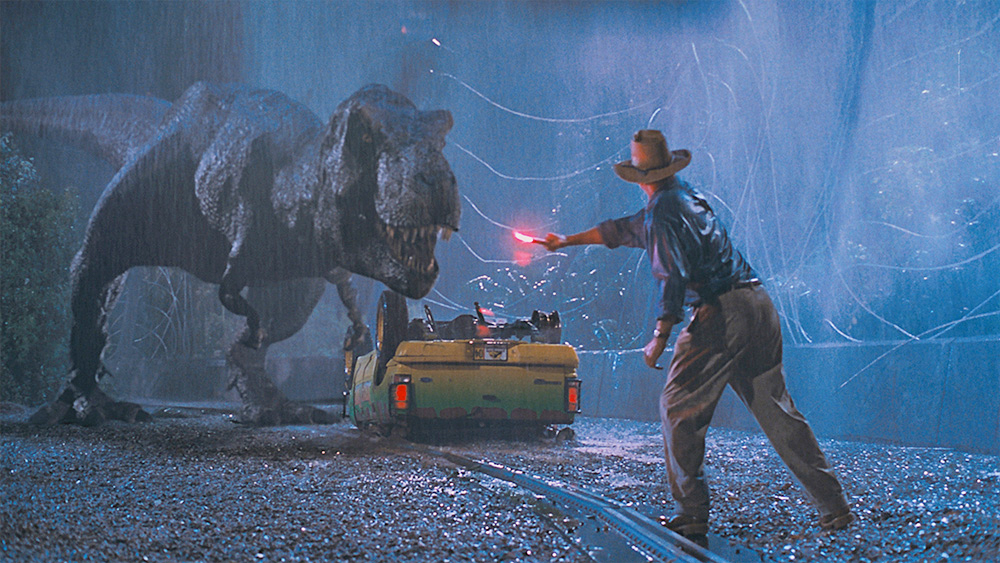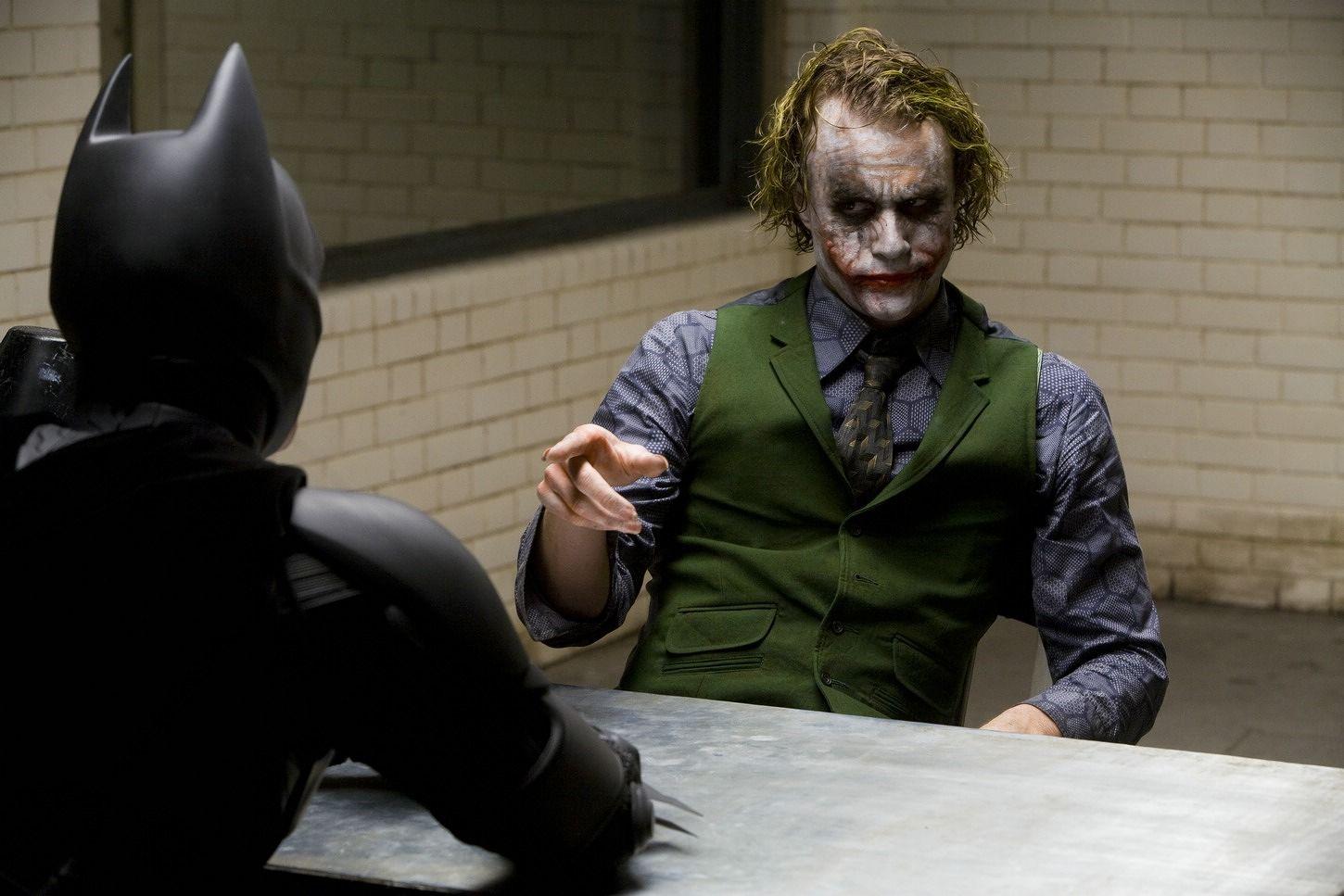Textual Analysis
For your GCSE Media exam you will need to have acquired a skill; textual analysis. You will be shown a clip of a film or TV Drama and you will need to be able to break it down and explain how it communicates media messages to its audience.
Textual Analysis can be broken down into FOUR key areas.
- Camera Shots / Angles
- Sound
- Editing
- Mise en Scene
TASK ONE - Camera Shots / Angles
TASK: Using Google and your knowledge of films/TV drama I would like you to find evidence of the following shots and paste these into a Word Document ready to be printed out. For each of the following you need to find an image that uses the shot and you need to provide an explanation of the effect of that shot (see example below).
- Shot Reverse Shot / Over the shoulder shot
- Long Shot
- Mid Shot
- Close Up
- Extreme Close Up
- Wide Shot
- Point of View Shot
- Birds Eye View Shot
- Two Shot
- High Angle Shot
- Low Angle Shot
EXAMPLE:
Establishing Shot
The establishing shot provides the audience with the knowledge of where the action takes place: in this example, it is New York City from the film, The Day After Tomorrow.
TASK TWO: Sound
TASK: Write this down under the title: Textual Analysis: Sound
There are two types of sound: diagetic and non-diagetic.
Diagetic: this is sound that the characters on-screen can hear e.g.: dialogue, ambient sound (bird's chirping)
Non-Diagetic: this is sounds the characters cannot hear such as a voice-over and the soundtrack.
TASK: Sound is used in inventive ways: watch the following clip and explain in a few paragraph how sound develops throughout the extract and how it is used to convey meaning.
Make sure you analyse the scene chronologically (in order).
Phrases to use in your analysis:
The use of the non-diagetic soundtrack creates...
When the characters realise their predicament the sound...
The use of diagetic dialogue...
TASK THREE: Editing
Editing is one of the most important parts of film-making and television. The editor's job is to cut the film into pieces and put it together to create meaning.
In case you’re still doubting the importance of the film editor, consider the famous Kuleshov Effect. Lev Kuleshov, a Soviet filmmaker, spliced together shots of a man’s face—showing no obvious emotion—with shots of some food, a young girl in a coffin, and a beautiful woman. Audiences believed that the actor expressed a different emotion each time: first hunger, then sadness, then desire. However, each shot of the actor was identical. Instead, it was the context, given to the audience by the editing, that created the illusion of emotion.
TASK: Watch the following clip and write down every cut that has been mentioned with a definition or effect.
TASK FOUR: Mise en Scene
Mise en Scene is french for 'placing on stage' which simply means in film terms: all that you can see in frame.
For example: costume, lighting, effects, staging.
TASK: For each of the following images (save + print out) I would like you to write an analysis of mise en scene. Essentially answer the question: what is this frame communicating to us as an audience? You may refer to camera also.
Jurassic Park
Batman: The Dark Knight
Harry Potter





Comments
Post a Comment